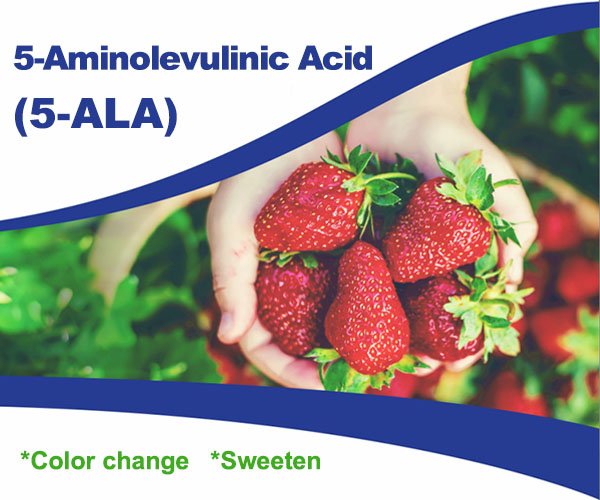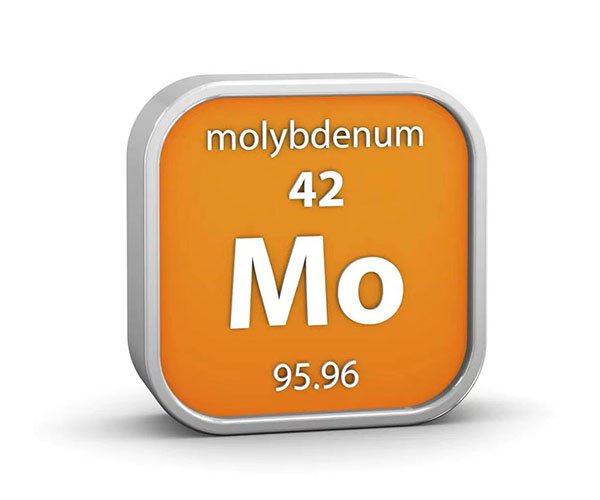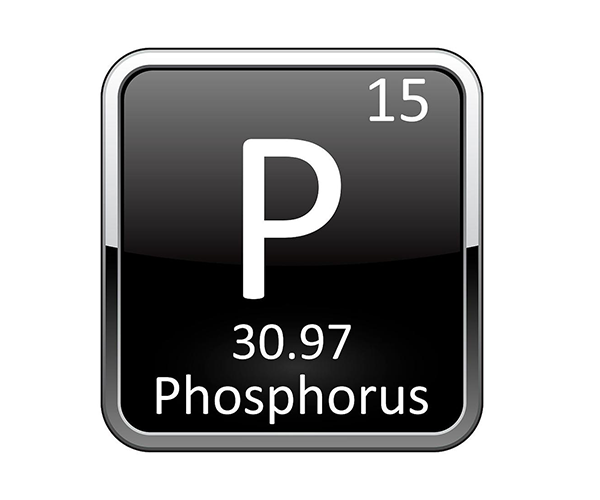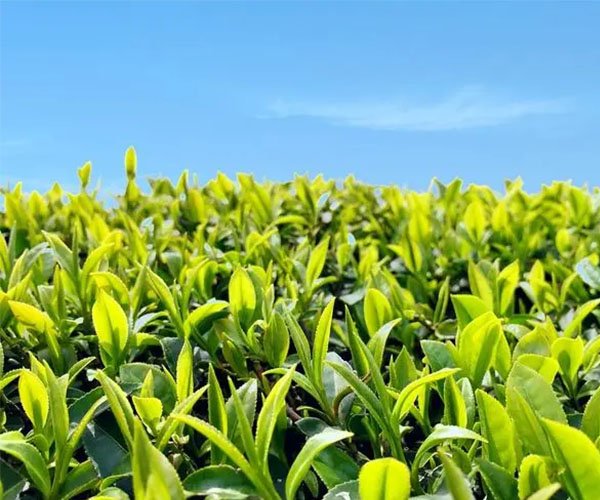How to Use Mineral Potassium Fulvate Fertilizer
Mineral Potassium Fulvate, as a new type of fertilizer, has many advantages. Such as improving soil, improving fertilizer efficiency, and promoting crop growth. The following is the use method of mineral potassium fulvicate: Mineral Mineral Potassium Fulvate is a natural organic fertilizer that mainly contains fulvic acid and potassium. Fulvic acid can improve the soil …











